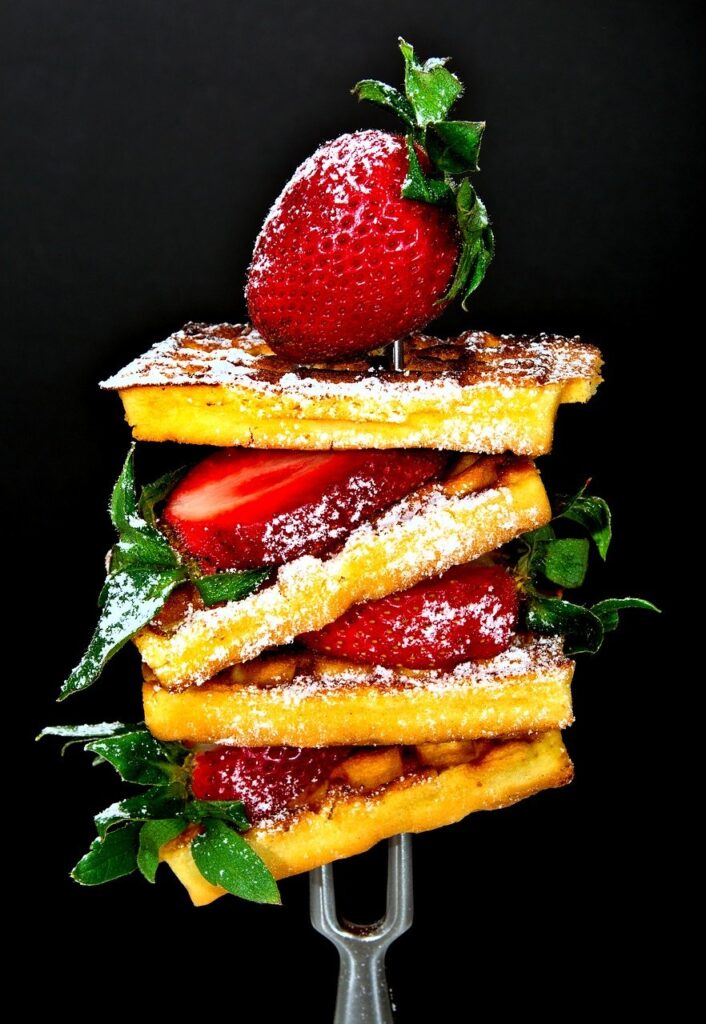
Table of Contents
Introduction
Food photography is an essential skill for any food blogger looking to stand out in a crowded online space. It goes beyond simply capturing a dish – it’s about creating images that evoke emotions, tell stories, and ultimately entice the audience. Mastering food photography is not just about technical proficiency; it’s about developing a unique style and vision that sets you apart.
In this article, we will delve into the art of food photography, sharing expert tips and techniques to help you elevate your skills and create stunning visuals for your blog. Whether you’re a beginner looking to grasp the basics or an experienced photographer aiming to refine your craft, these insights will empower you to capture the essence of your culinary creations and engage your audience on a whole new level.
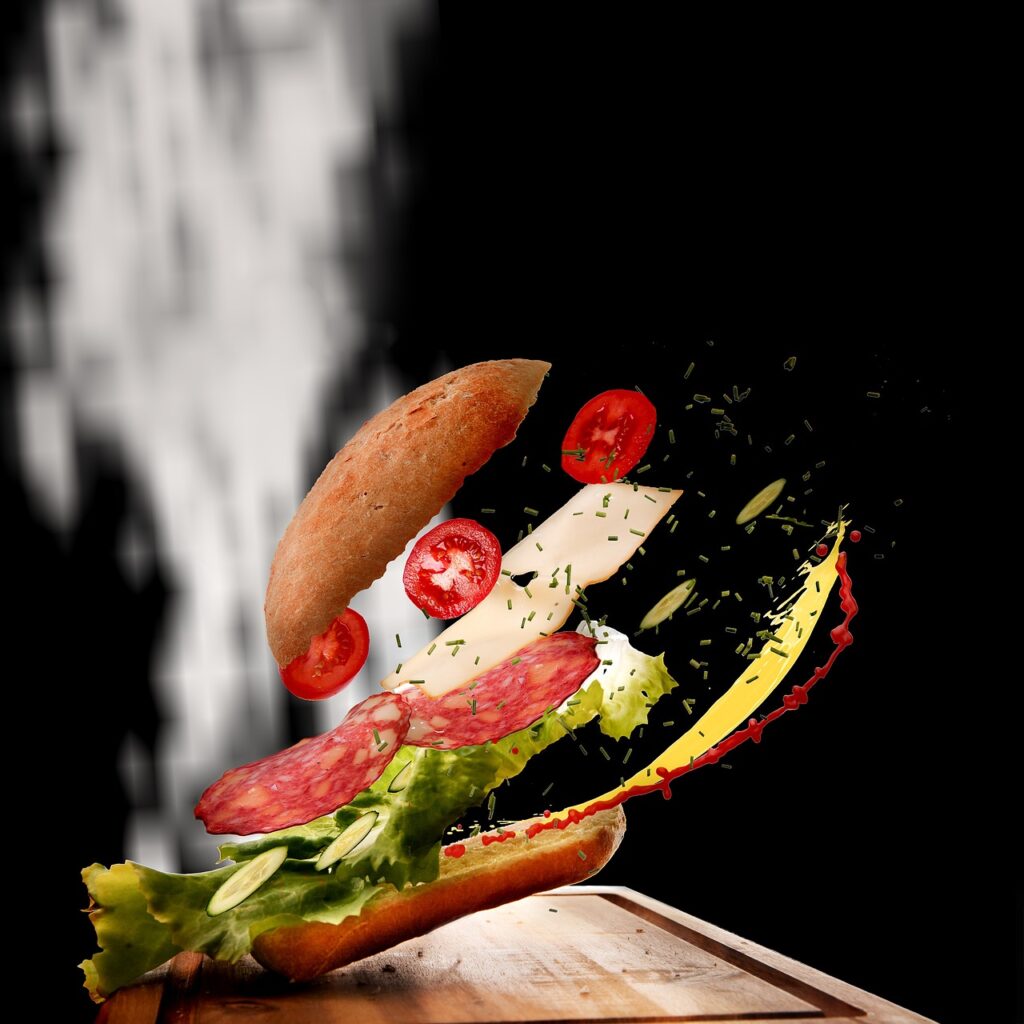
1. Mastering the Basics of Food Photography
Food photography is a specialized genre that requires a strong foundation in the basic principles of photography. By understanding and applying these fundamentals, aspiring food photographers can capture stunning images that will captivate their audience. In this section, we will explore the importance of mastering the basics of food photography and provide tips on essential camera equipment and composition techniques.
Investing in the Right Gear: Essential Camera Equipment for Beginners
When starting out in food photography, it’s important to have the right gear without breaking the bank. Here are some budget-friendly options as well as higher-end recommendations for camera equipment:
Camera
For beginners, a DSLR or mirrorless camera with manual settings is ideal. Budget-friendly options include the Canon EOS Rebel T7i or the Nikon D3500. If you’re looking for more advanced features, consider cameras like the Sony Alpha A7 III or the Canon EOS R.
Lens
Invest in a versatile lens that allows you to capture a range of shots. The 50mm f/1.8 prime lens is an excellent choice for food photography due to its sharpness and ability to create a shallow depth of field.
Tripod
A sturdy tripod is essential for achieving sharp, blur-free images, especially in low-light conditions. Look for tripods with adjustable height and stability features like the Manfrotto BeFree Advanced Travel Tripod or the Vanguard Alta Pro 263AB.
Mastering Composition: Key Elements for Creating Well-Balanced Food Photos
Composition plays a crucial role in creating visually appealing food photos. Here are some key elements to consider:
Rule of Thirds
Imagine dividing your frame into nine equal parts using two horizontal and two vertical lines. Place your main subject or focal point along these lines or at their intersections to create a balanced composition.
Leading Lines
Use lines within your frame, such as cutlery or table edges, to guide the viewer’s eye towards the main subject. This adds depth and visual interest to your images.
Negative Space
Leave empty space around your subject to create a sense of simplicity and allow the food to take center stage. Negative space can also help draw attention to the main subject.
Color and Contrast
Consider the color palette of your dish and choose props or backgrounds that complement or contrast with it. This helps create visual harmony and adds interest to your photos.
By investing in the right camera equipment and mastering composition techniques, you’ll be well on your way to creating stunning food photos that will stand out in the competitive world of food blogging.

2. Harnessing the Power of Light in Food Photography
Lighting is incredibly important in food photography because it sets the mood and brings attention to the details of your images. Whether you’re taking pictures in a studio or using natural light, knowing how to use light effectively can take your food photography to the next level. Here are some things to think about:
Natural Light: Making the Most of What’s Available
Taking pictures with natural light can lead to amazing results and show off the true colors of your food. Here are some tips for getting the most out of natural light in different situations:
- Golden Hour: Try taking pictures during the golden hour, which is the time just after sunrise or before sunset when the light is soft, warm, and spread out. This creates a beautiful glow that adds depth and interest to your photos.
- Indirect Sunlight: Avoid bright direct sunlight because it can create harsh shadows and make parts of your picture too bright. Instead, look for places with indirect sunlight, like near a window or outside in a shaded area. Using a sheer curtain to soften the light or a reflector to bounce light onto your subject can help get rid of shadows and create even lighting.
- Overcast Days: Don’t be afraid to take pictures on cloudy or overcast days. The soft, diffused light on these days gives a gentle and flattering illumination that works well for food photography.
Artificial Light: When Natural Light Isn’t Enough
While natural light is usually best, there might be times when you have to use artificial lighting. Here are some common options:
- Continuous Lighting: LED panels or softboxes provide constant and adjustable lighting that lets you see how the light falls on your subject in real-time.
- Speedlights/Flash: If you’re taking pictures indoors or need more control over your lighting, speedlights or flashes can be used to add extra light or create specific effects. Just be careful about making strong shadows or washing out colors.
Remember, no matter if you’re using natural or artificial light, the important thing is to try different setups and find what works best for your own style and the mood you want to create in your food photography.
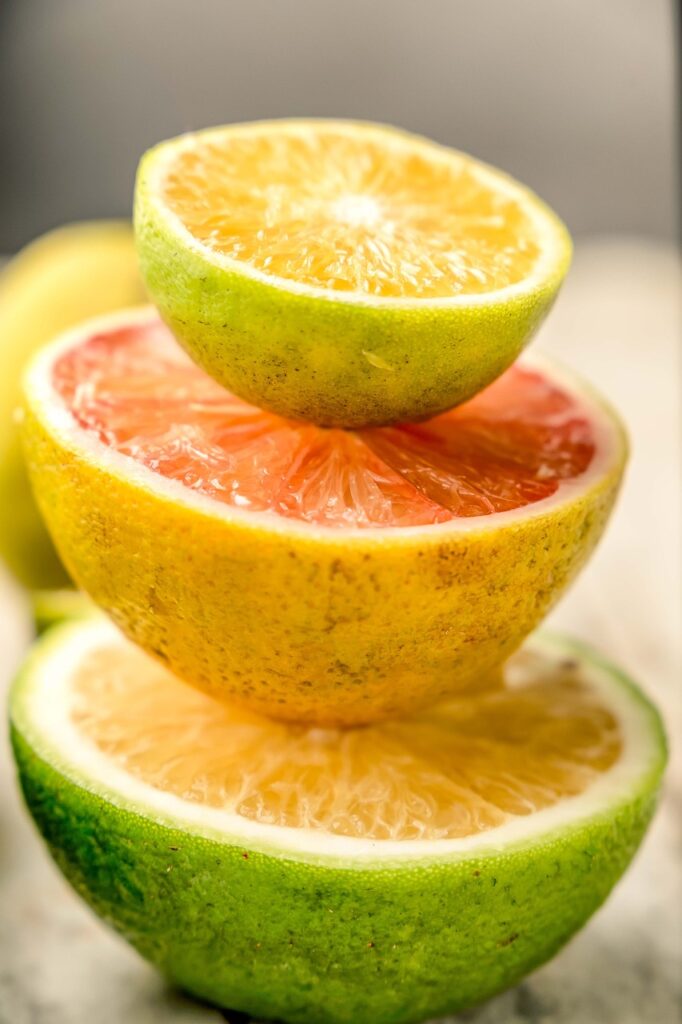
3. Styling Secrets for Mouthwatering Food Photos
The art of visual storytelling through prop selection and food arrangement is essential for creating compelling food photos. Here are some key points to consider when styling your food photography:
Prop Selection
Choose props that complement the dish and help tell a story. Consider using a mix of textures, colors, and shapes to add visual interest to the composition.
Food Arrangement
Pay attention to how the food is arranged on the plate or in the frame. Experiment with different layouts to find the most visually appealing presentation.
Essential Styling Tools Every Food Photographer Should Have
Investing in the right tools can make a big difference in the quality of your food photos. Here are some essential styling tools for every food photographer:
Choosing the Right Props and Backdrops to Enhance Your Composition
When selecting props and backdrops for your food photos, consider the following:
- Consistency: Maintain a consistent style across your images to create a cohesive look for your photography portfolio.
- Theme Relevance: Ensure that the props and backdrops you choose align with the theme or story you want to convey in your food photography.
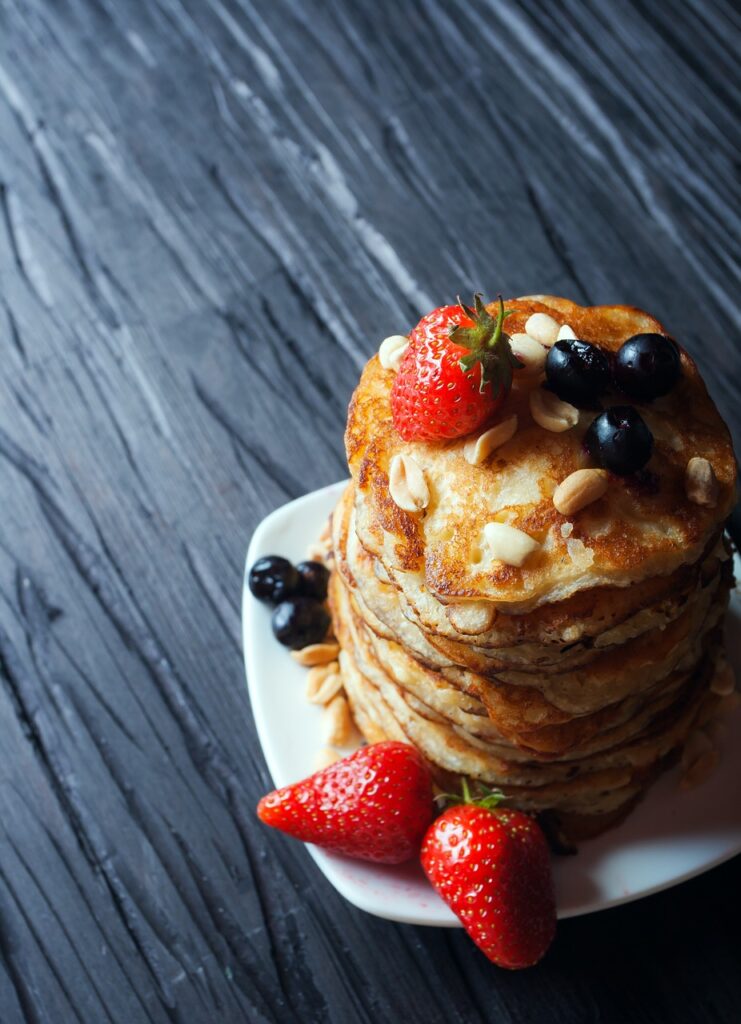
4. Playing with Perspectives: Creative Angles for Captivating Food Shots
When it comes to food photography, exploring different camera angles can add a captivating dimension to your images. While traditional shots from eye level or slightly above can be appealing, experimenting with unconventional angles can bring a unique perspective to your food photos.
Exploring Unconventional Angles: Adding Interest to Your Food Photography
Here are some creative camera angles you can try:
- Overhead Shots: Capture the intricate details and patterns of plated dishes from directly above. This angle works well for showcasing table spreads and neatly arranged ingredients.
- Low Angles: Get down to the level of the food for a more intimate and immersive feel. This approach is perfect for highlighting the textures and layers of stacked or layered dishes.
- Close-Ups: Zoom in on specific elements of your dish to create an impactful visual narrative. Focus on the steam rising from a freshly cooked meal or the glistening glaze on a dessert.
- Diagonal Perspectives: Tilt your camera to add dynamism and energy to your composition. This technique can be particularly effective when photographing items with strong lines or directional elements.
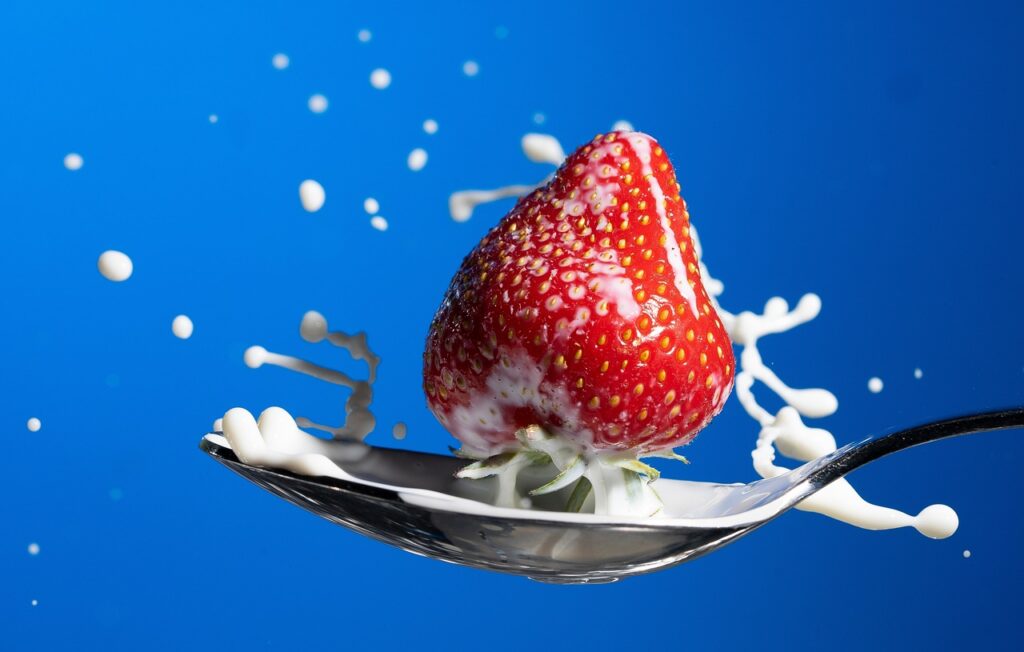
5. Enhancing Mood and Tones through Color Management
The role of color in evoking emotions and conveying the deliciousness of food is crucial in food photography. The use of color can greatly impact the mood and tone of your images, influencing how your audience perceives the food being showcased. Here are some key points to consider:
Emotional Impact
Different colors can evoke specific emotions. For example, warm tones like reds, oranges, and yellows can create a feeling of comfort and warmth, while cooler tones like blues and greens can convey a sense of freshness and tranquility.
Conveying Deliciousness
Rich and vibrant colors can make food appear more appetizing and flavorful. By enhancing the natural colors of food through thoughtful color management, you can make your images more enticing to viewers.
Utilizing Color Grading Techniques in Post-Processing for Consistent Looks is another important aspect to consider. Color grading allows you to maintain a consistent visual style across your body of work. Whether you prefer bright and airy pastels or moody and dramatic hues, color grading helps you achieve a cohesive look for your food photography portfolio.
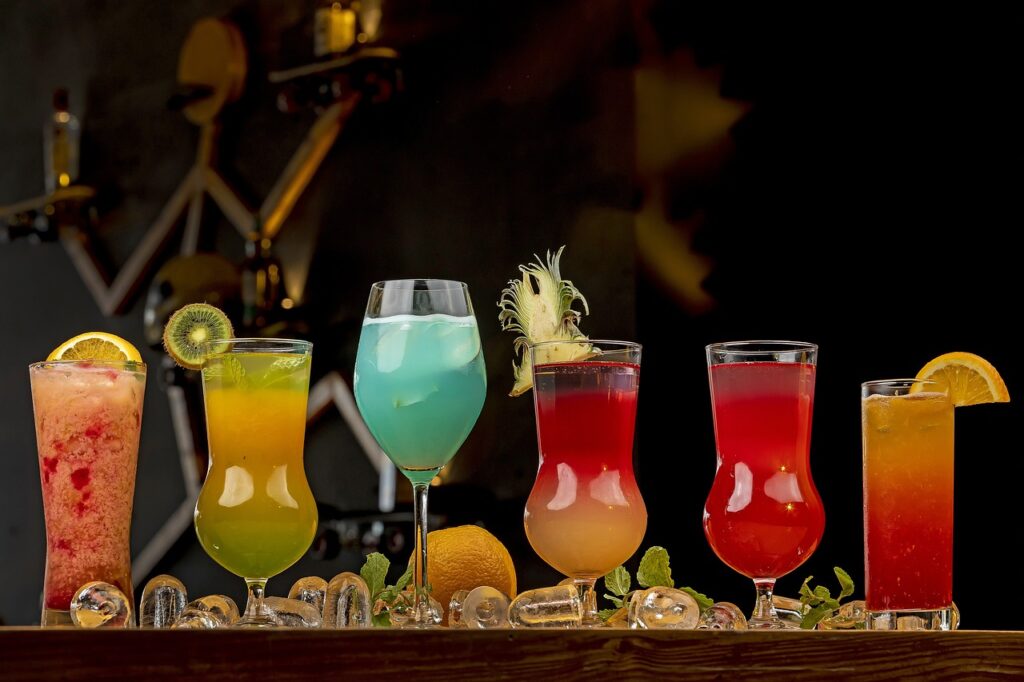
6. Advanced Techniques to Elevate Your Food Photography
Going Beyond the Kit Lens: An Introduction to Different Lens Options and Their Effects on Food Images
When it comes to food photography, having a versatile set of lenses can significantly elevate the quality of your images. Here are some key lens options to consider:
- Prime Lenses: These fixed focal length lenses are known for their exceptional sharpness and ability to create beautiful bokeh, making them ideal for capturing intricate details and creating a dreamy, blurred background effect.
- Macro Lenses: Perfect for capturing close-up shots of food, macro lenses excel at revealing the intricate textures and fine details of ingredients or plated dishes.
- Wide-Angle Lenses: While not traditionally associated with food photography, wide-angle lenses can add an interesting perspective to your images, especially when shooting in tight spaces or aiming to capture the ambiance of a dining setting.
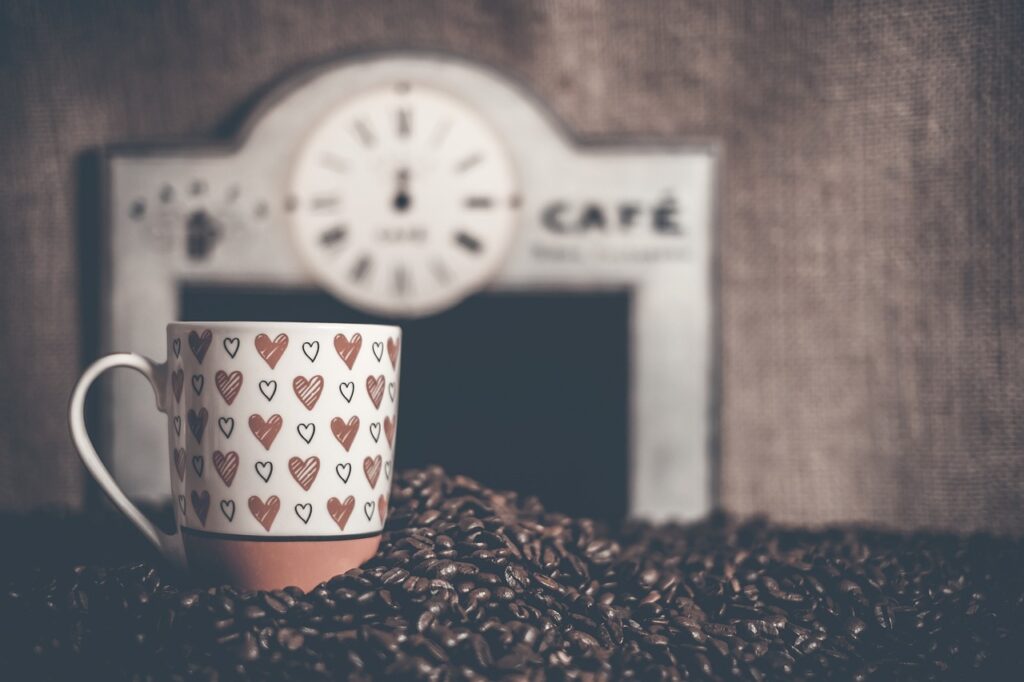
7. Post-Processing Magic: Editing Tips for Polishing Your Food Photos
When it comes to food photography, capturing a stunning image is just the beginning. The real magic happens during the post-processing stage, where you can enhance the colors, adjust the exposure, and bring out the details of your food photos. In this section, we will explore some valuable editing tips to help you polish your food photos and make them truly mouthwatering.
Overview of Popular Photo Editing Software for Food Photography
There are several photo editing software options available in the market, each with its own strengths and features. Here are a few popular ones that are widely used by food photographers:
- Adobe Lightroom: Lightroom is a powerful and versatile editing tool that offers a wide range of features specifically designed for photographers. It allows you to make adjustments to exposure, white balance, saturation, and sharpness, among other things. Lightroom also offers presets that can help you achieve a consistent look across your photos.
- Capture One: Capture One is another professional-grade editing software that provides advanced editing capabilities. It offers excellent color management tools and precise control over details and sharpening. Capture One is known for its exceptional image quality and is favored by many professional photographers.
- Photoshop: While primarily known as a graphic design tool, Photoshop is also widely used for photo editing. It offers extensive editing capabilities and allows for more complex retouching and manipulation of images.
Key Steps in Editing a Food Photo While Maintaining Its Natural Beauty
When editing your food photos, it’s important to strike a balance between enhancing the image and maintaining its natural beauty. Here are some key steps to consider:
- Adjust exposure and white balance: Start by adjusting the exposure to ensure proper brightness and contrast in your photo. Next, fine-tune the white balance to achieve accurate colors that reflect the true essence of the dish.
- Enhance colors selectively: Use tools like the HSL (Hue, Saturation, and Luminance) sliders to selectively enhance or tone down specific colors in your photo. This can help make the food look more vibrant and appealing.
- Sharpen and enhance details: Food photos should showcase the textures and details of the dish. Use the sharpening tools to enhance the details without overdoing it. You can also use selective sharpening techniques to target specific areas of the image.
- Remove distractions: Clean up any distractions or imperfections in your photo using tools like the healing brush or clone stamp. This will ensure that the focus remains on the food itself.
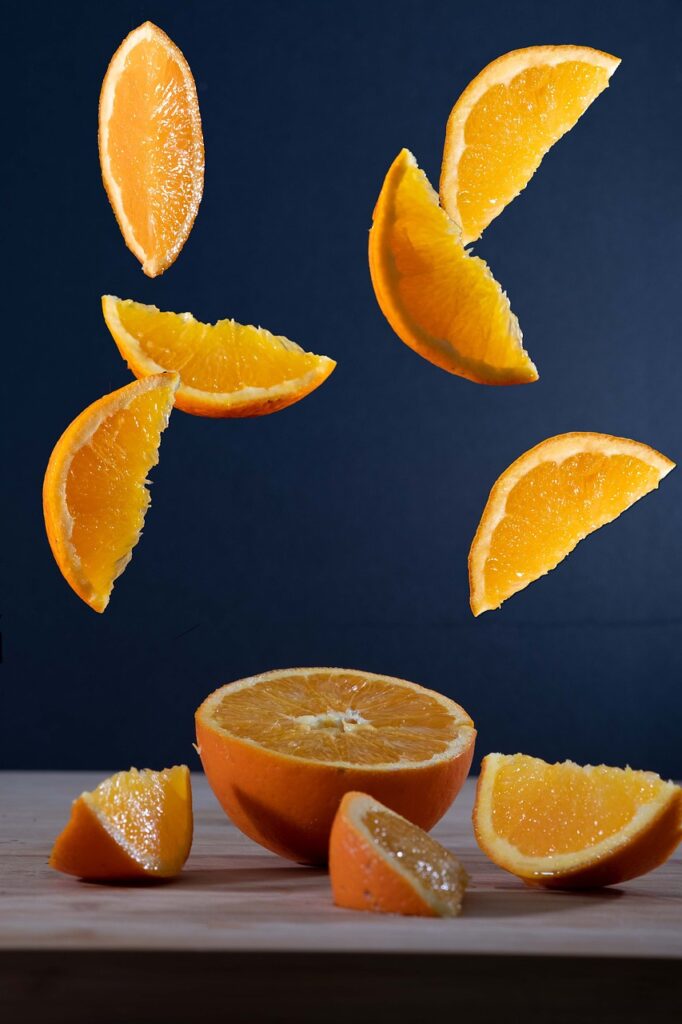
8. Drawing Inspiration from Food Photography Styles and Trends
Food photography encompasses various styles and trends that offer unique creative opportunities. Exploring different approaches to food photography can help you find the style that aligns with your vision as a photographer. Here are some important points to consider:
Dark and Moody
This style often uses rich, deep colors and dramatic lighting to create a sense of mystery and allure. It works well for capturing the warmth and intimacy of food in images, making it perfect for cozy recipes like soups, stews, and chocolate-based desserts.
Bright and Minimalist
On the other hand, this style focuses on clean, simple compositions with plenty of natural light. It’s great for highlighting fresh ingredients and vibrant colors, which makes it a popular choice for healthy recipes and modern culinary creations.
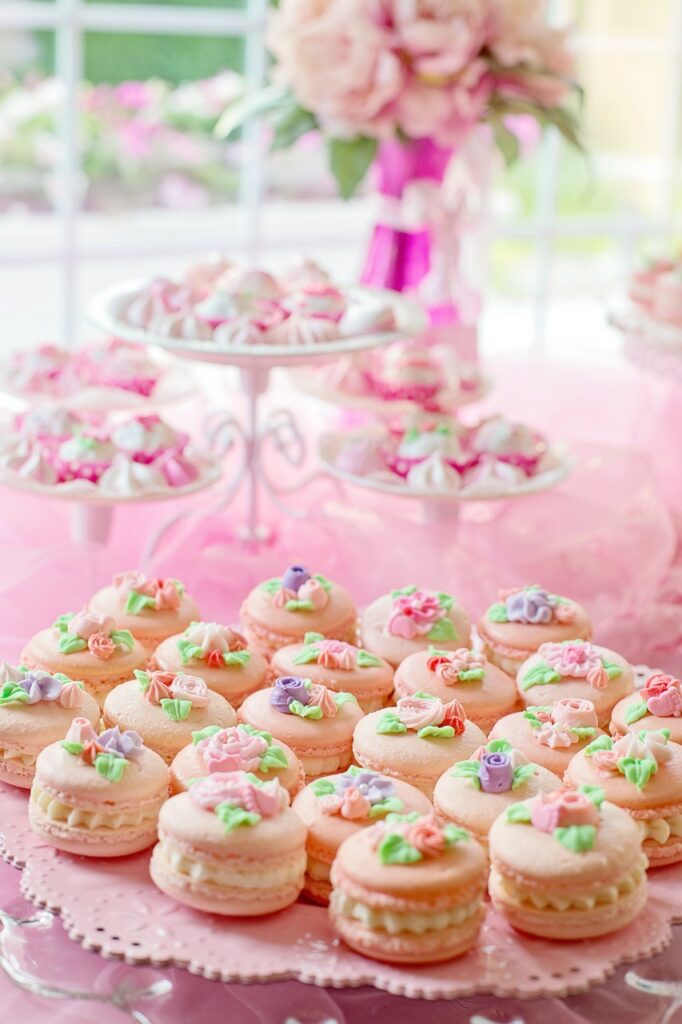
9. Learning from Successful Food Photographers: A Case Study Approach
When delving into the world of food photography, it’s essential to learn from the established professionals who have mastered the art. By dissecting the work of top food photographers, you can gain valuable insights into their techniques and creative choices.
Deconstruction of Techniques
Analyzing the compositions, lighting setups, and styling choices of renowned food photographers can provide a deeper understanding of how to capture compelling images. Pay attention to their use of props, angles, and storytelling elements to enhance your own skills.
Creative Choices
Explore the thought process behind the creative decisions made by successful food photographers. Understanding how they convey mood, texture, and visual narratives through their work can inspire fresh approaches to your own photography.
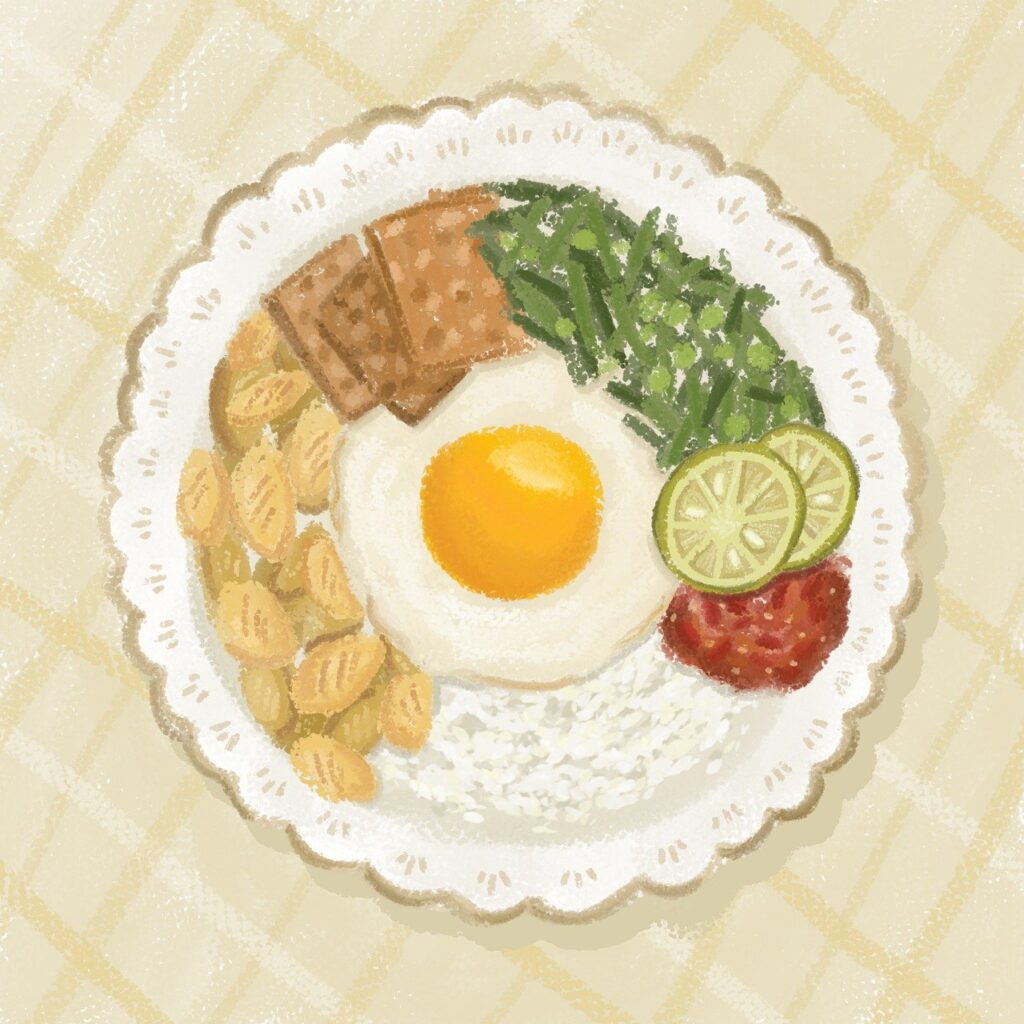
10. Building Your Online Presence: Showcasing Your Work as a Food Photographer
Having a strong online presence is crucial for food photographers to showcase their work and attract potential clients and opportunities. Creating an impressive food photography portfolio website is an effective way to establish your brand, share your creative vision, and connect with a wider audience.
Here are some tips to help you build a compelling online presence as a food photographer:
- Choose the Right Platform: Select a platform that suits your needs and allows you to create a visually appealing portfolio. Options such as WordPress, Squarespace, or Wix offer user-friendly templates specifically designed for showcasing photography portfolios.
- Highlight Your Best Work: Curate your portfolio with only your strongest and most representative images. Quality over quantity is key here. Include a variety of shots that demonstrate your versatility and style.
- Tell Your Story: Use your portfolio website as an opportunity to tell the story behind your work. Share insights about your creative process, personal experiences, and any unique techniques you employ in your food photography.
- Organize Your Portfolio: Categorize your work into different collections or projects to make it easier for visitors to navigate and explore. Consider grouping images by themes, styles, or types of cuisine to showcase your range.
- Optimize for Visual Impact: Pay attention to the design elements of your portfolio website. Use clean layouts that allow the images to take center stage. Ensure fast loading times and optimize images for web resolution without compromising quality.
- Include Contact Information: Make it easy for potential clients to get in touch with you by including clear contact information on your website. Provide multiple ways for people to reach out, such as email or social media handles.
- Stay Active on Social Media: In addition to having a portfolio website, maintain an active presence on social media platforms popular among food enthusiasts, such as Instagram, Pinterest, or Facebook. Regularly share your work, engage with your audience, and collaborate with other food bloggers and photographers.
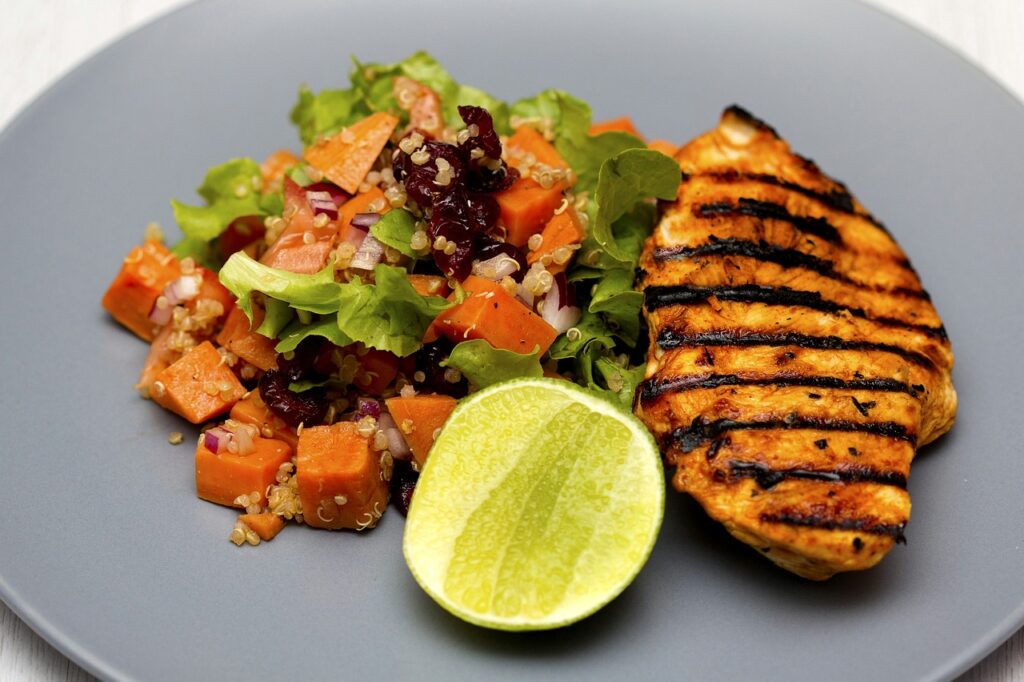
11. Nurturing Your Passion for Food Photography: Resources for Education and Community
The Importance of Continuous Learning and Growth in Sustaining a Career in Food Photography
Continuous education is essential for honing your craft as a food photographer. As the industry evolves, staying updated on the latest trends, techniques, and technologies will set you apart from the competition. Embracing a mindset of lifelong learning will allow you to consistently elevate your skills and creativity.
Recommended Online Courses, Books, and Communities for Food Photographers to Further Their Skills and Connect with Like-Minded Individuals
1. Online Courses
- “Food Photography Masterclass” by [Renowned Photographer]: This comprehensive course covers everything from lighting and composition to post-processing techniques.
- “Visual Storytelling in Food Photography” on [Platform Name]: Learn the art of storytelling through captivating food images with this engaging course.
2. E-books
- “The Art of Food Styling” by [Author Name]: Explore the principles of food styling to enhance your photography skills.
- “Light and Color Mastery for Food Photographers” by [Photography Expert]: Delve into the nuances of utilizing light and color effectively in food photography.
3. Online Communities
- “Foodtography School Community”: Connect with fellow photographers, participate in challenges, and gain valuable insights from industry experts.
- “Food Photo Pro Forum”: Engage in discussions about the latest trends, share tips, and seek advice from experienced professionals in this vibrant online community.
Conclusion
So there you have it, food bloggers! You now have a treasure trove of food photography tips and expert advice to elevate your skills and create stunning images for your blogs.
Implement what you’ve learned
It’s time to put those tips and techniques into practice. Grab your camera or smartphone and start experimenting with composition, lighting, props, and angles. The more you practice, the better you’ll become.
Develop your unique style
While technical knowledge is important, don’t forget to infuse your own creativity and personality into your food photography. Develop a unique style that sets you apart from the rest and showcases your creative vision.
Remember, food photography is not just about capturing delicious dishes; it’s about telling a story and evoking emotions through visuals.
“Food photography is like painting, except the medium is edible.” – Andrew Scrivani
So go out there, explore different styles, experiment with lighting and composition, and most importantly, have fun with it!
As you continue on your food photography journey, don’t hesitate to seek inspiration from fellow photographers and join communities where you can share your work and learn from others. Continuous learning and growth will help you sustain a successful career in this field.
Now go ahead and showcase your culinary creations with stunning visuals that will leave your readers craving for more! Happy shooting!


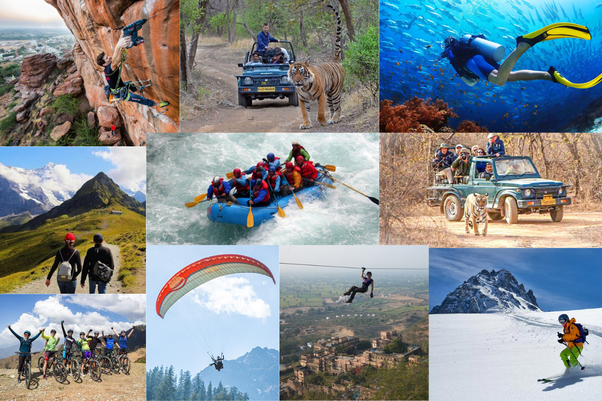

[…] popular for everyday photography due to its convenience and accessibility. If you want to take better photos with your smartphone camera, here are some tips to help you master […]